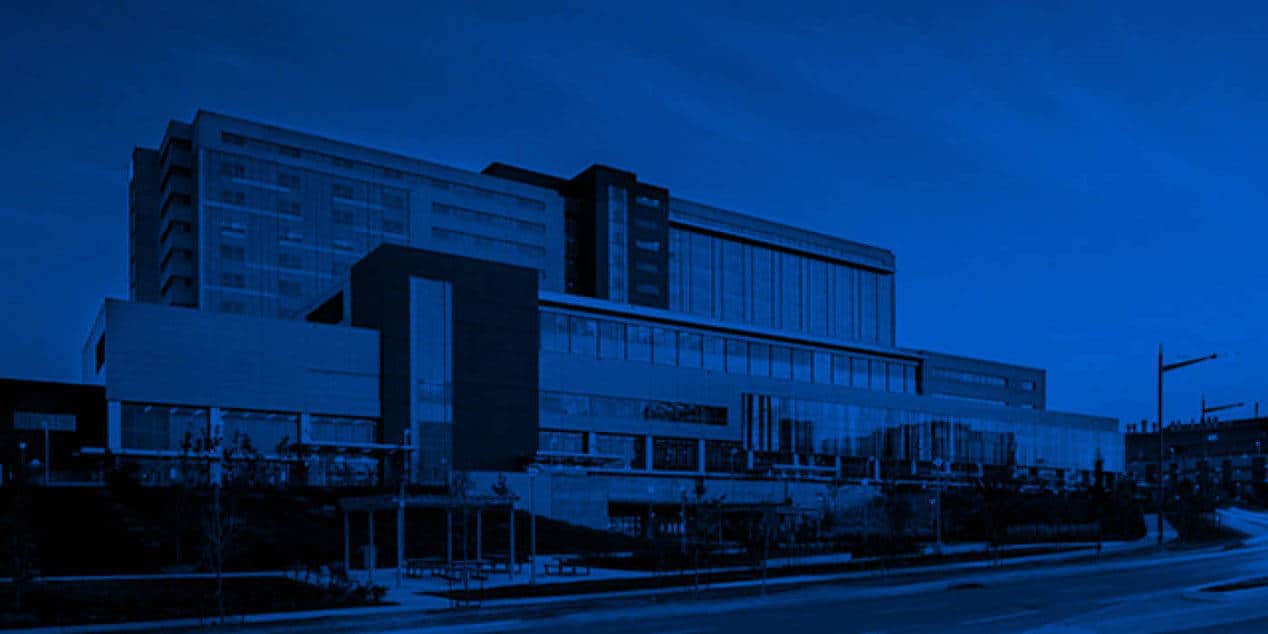
Building tomorrow’s healthcare
How does Bouygues Construction position itself on this continuously shifting market?
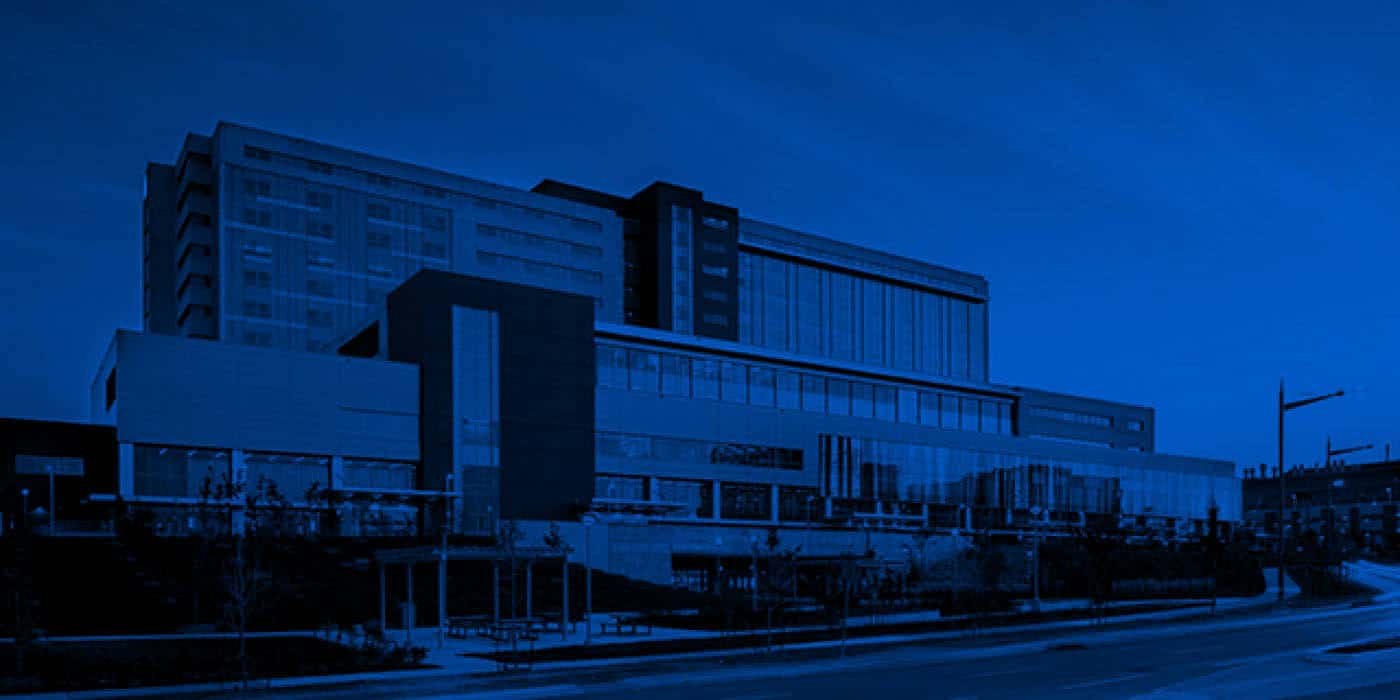
Édito
Longer life spans, maintenance of seniors at home and emerging new systems are transforming healthcare. Aware of the issues, hospitals are adapting their offer. With 3,000 public and private sites totalling 60 to 65 million square metres and a nearly 408,000-bed capacity, France’s swiftly changing hospital sector offers civil engineering firms and property developers major outlets and opportunities, from modernisation or expansion projects to innovation, product digitalisation and upgrading to tighter safety standards.
Bouygues Construction is well established on this fiercely competitive market, which requires creating horizontal offers to remain competitive. Hospitals are the group’s biggest activity in France after housing. It’s a market of many opportunities.
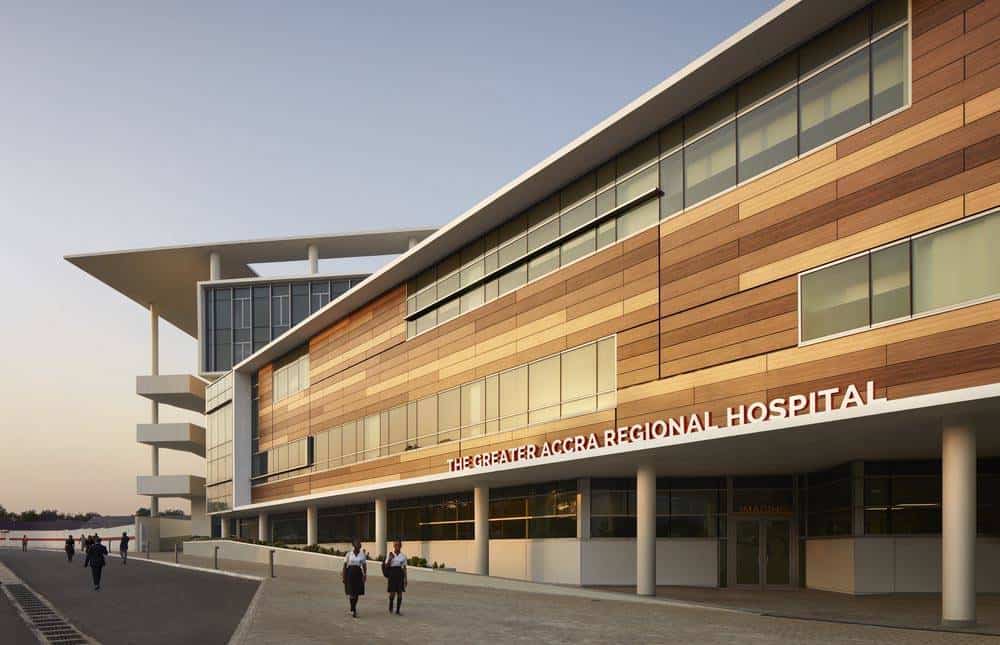
A special know-know
Accompanying a hospital project from conceptualising the idea to forecasting/controlling operating costs and delivering the building requires special know-know. For years, Bouygues Construction has been working hand-in-hand with the health ministry, ARS (Agences Régionales de Santé = Regional Health Agencies) and private players to build healthcare facilities in France and internationally.
“This is the first time I’ve ever seen a project finished on schedule, almost to the day. We were lucky to have a quality partner for the construction.”
‐ André RAZAFINDRANALY, director of the Nord Deux-Sèvres Hospital Centre
The Nord Deux-Sèvres Hospital in Faye L’Abbesse (France), West Guyana Hospital Centre in Saint Laurent du Maroni (Guyana), the 25,000m² West Guyana Hospital Centre, and Bouskoura University Hospital (Morocco) are references demonstrating the extensive experience the group has acquired in this area.
436 buildings are constructed by the Group; 41 are building internationnally.
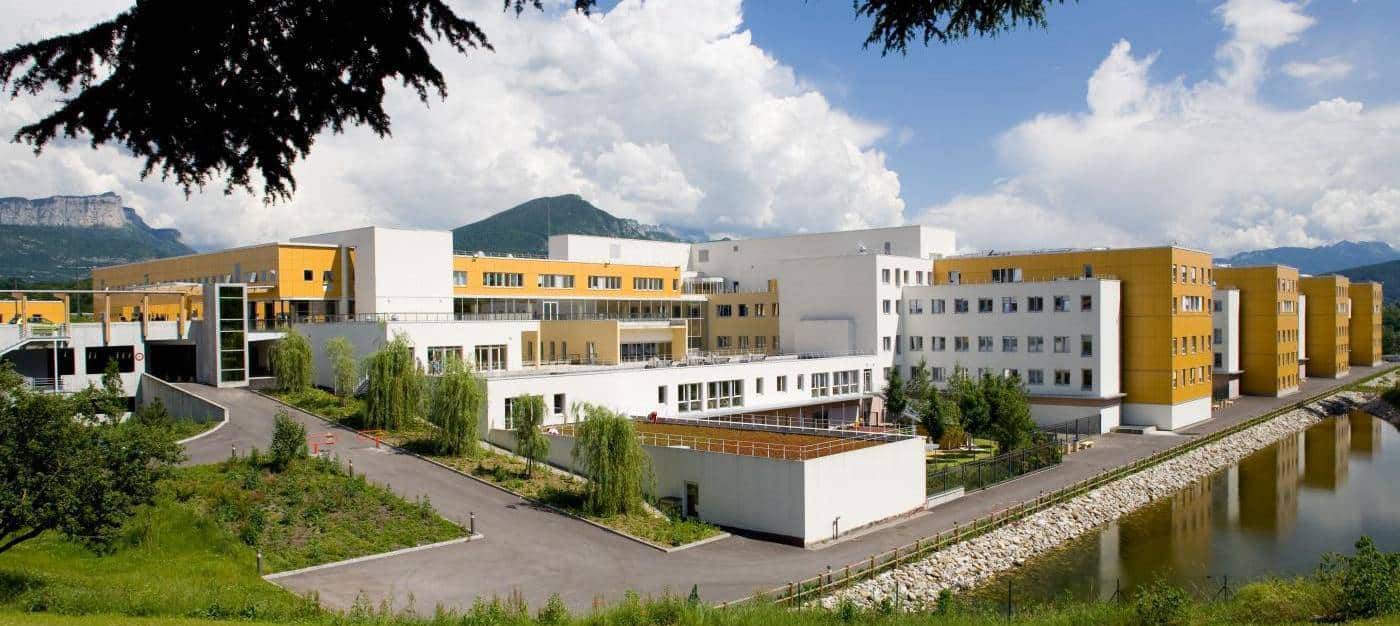
Rehabilitation and operation
The past 10 years have been spent answering public construction tenders but also and especially designing and building projects. The goal is to be as far upstream in the value chain as possible in order to control the technical design and feasibility, construction, production costs and deadlines.
Surrounded by the top experts in their areas of competence (architects, engineering firms, consulting agencies, etc.), Bouygues Construction also forges close partnerships with sub-contractors, thereby participating in the economic development of the areas in which it operates. We have designed and built or rebuilt 91 buildings since 2002.
The Nord Deux-Sèvres Hospital worksite is a concrete illustration of employability and local rootedness.
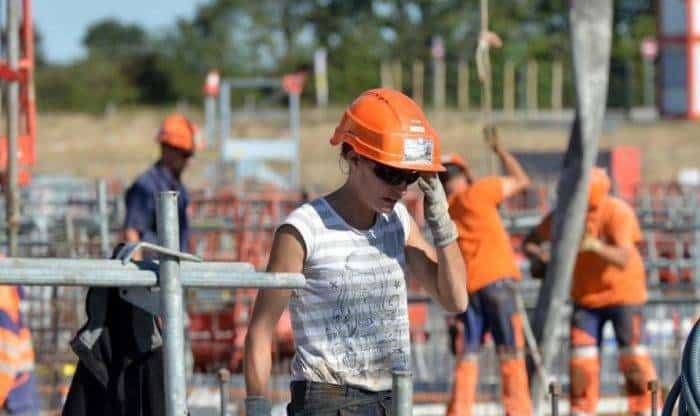
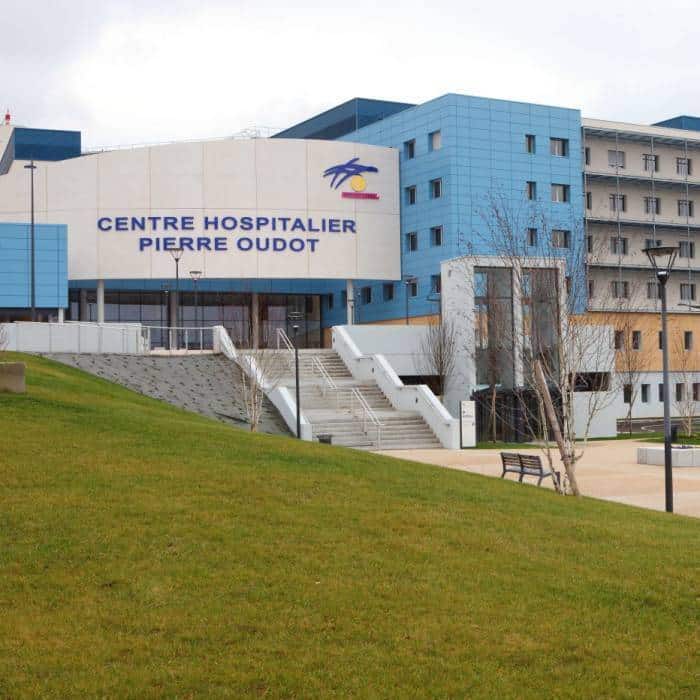
The Group has developed groundbreaking new offers to meet its clients’ needs. For example, Bouygues Energies & Services offers a wide range of hospital infrastructure operating and maintenance services.
Developed in the framework of multiyear contracts lasting up to 35 years, this comprehensive offer of services spans multi-technique maintenance, multi-service activities, renovation work, energy, fluid and waste management, operation of the buildings’ information systems and ICT maintenance and operation solutions. The entity currently operates five healthcare facilities in France.
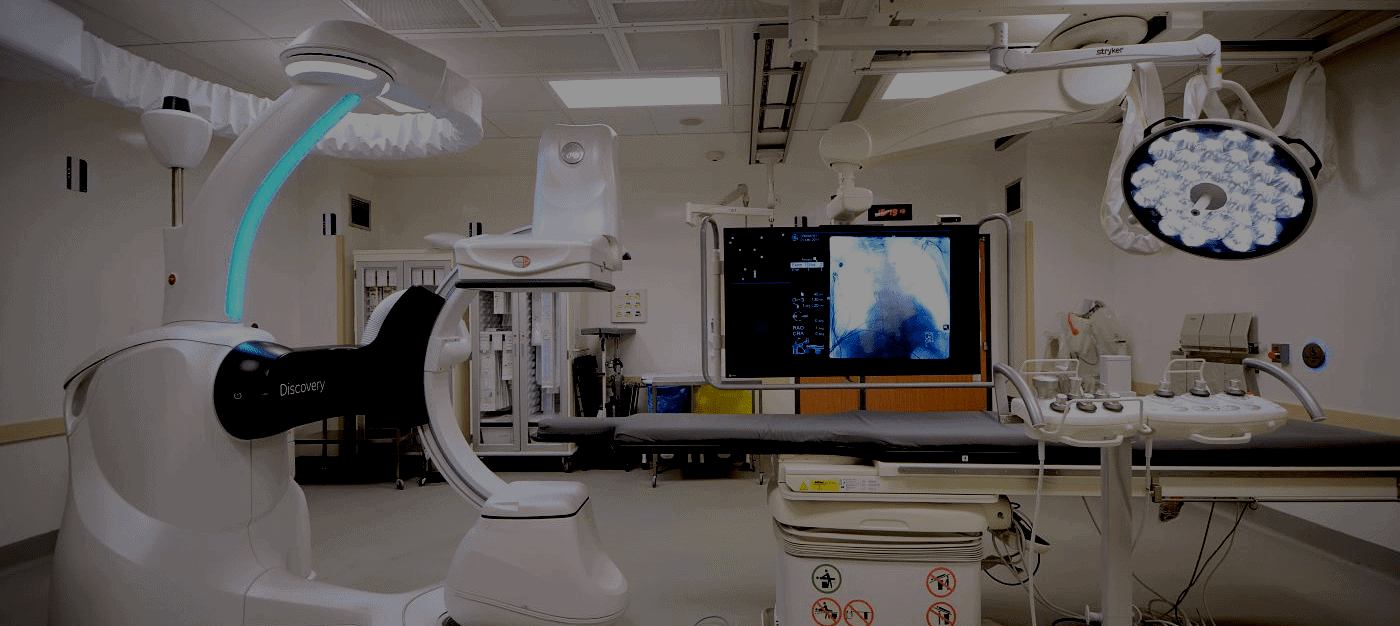
A market open to innovation and digital
Like connected cities, hospitals are changing and look nothing like they did 10 years ago. Patient care and building design have embraced new technology in order to give users better service and control operating costs.
Bouygues Entreprises France-Europe and Bouygues Energies & Services, Bouygues Construction’s subsidiaries, are thinking of developing “digital hospital” offers. Experiments with connected rooms at the Caen University Hospital Centre and an R&D project aiming to combine automation with interconnected hospital information systems are underway.
The goal: to improve patient flows and reduce staff workloads. Meanwhile, Axione is working on digital technology that will accompany patients from their arrival at the hospital (including taking appointments online), during their stay (with multimedia terminals to access services like Skype) and after they go home (with exam results online or on connected bracelets).
Humber Hospital, North America’s first digital hospital built by Plan Group (Bouygues Energies & Services, Bouygues Construction).
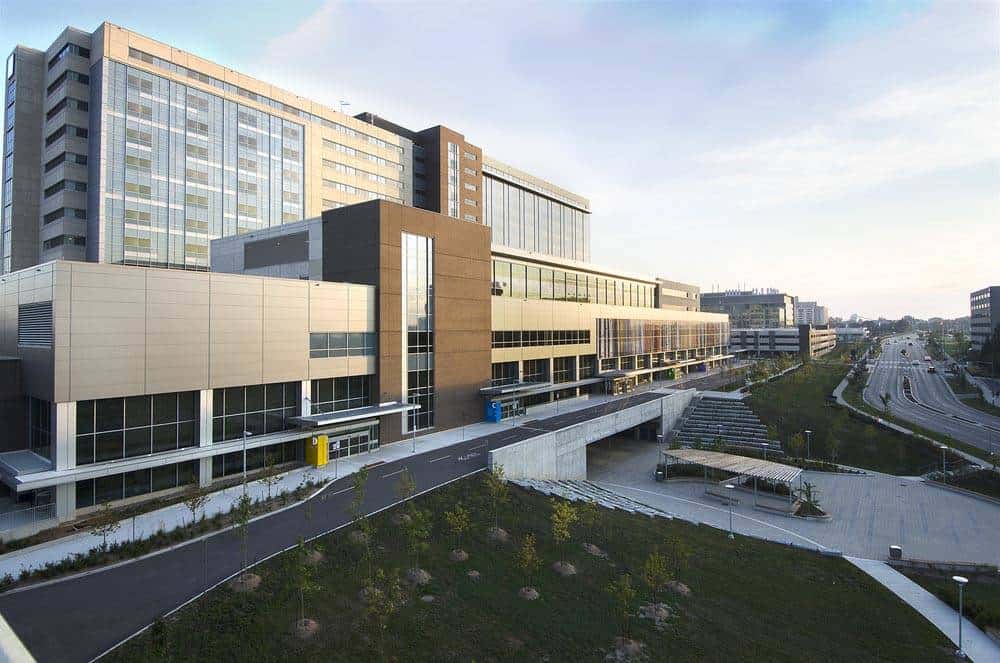
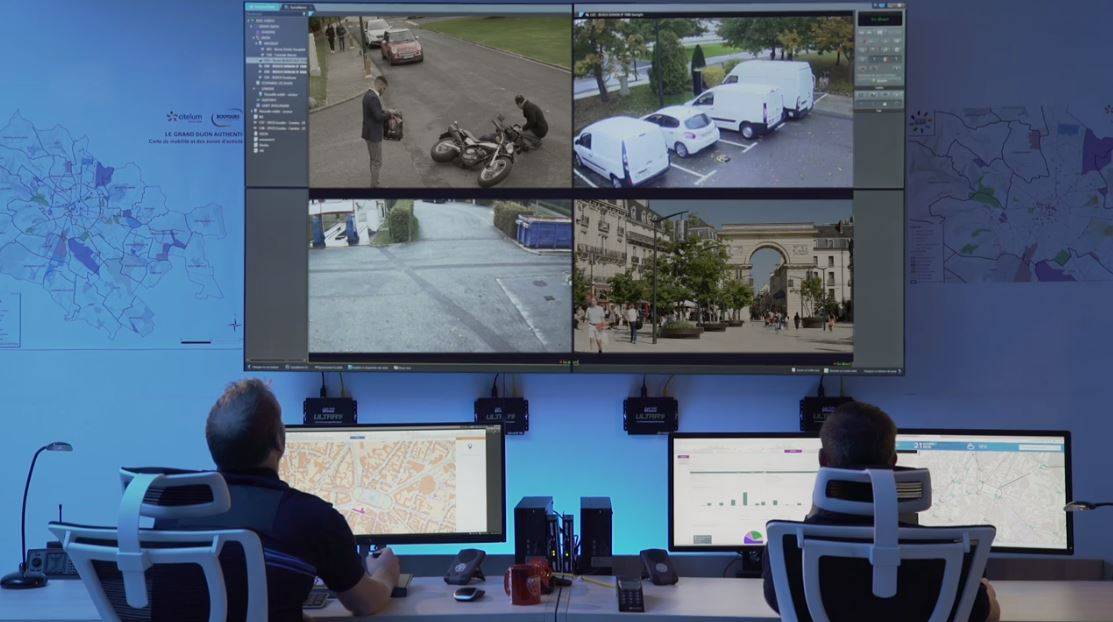
Beyond patient care, a host of building innovation possibilities exists. The development of BIM and industrialisation of construction techniques pre-empts this sector in order to offer efficient, profitable and personalised buildings.
Another area has been identified: taking health/wellness into account in the design of urban projects. Linkcity designs urban neighbourhood revitalisation projects that integrate services, shops and a health centre to meet users’ needs. Bouygues Bâtiment also relies on the experience of Bouygues Energies et Services to offer connected sites in the smart city of Dijon.
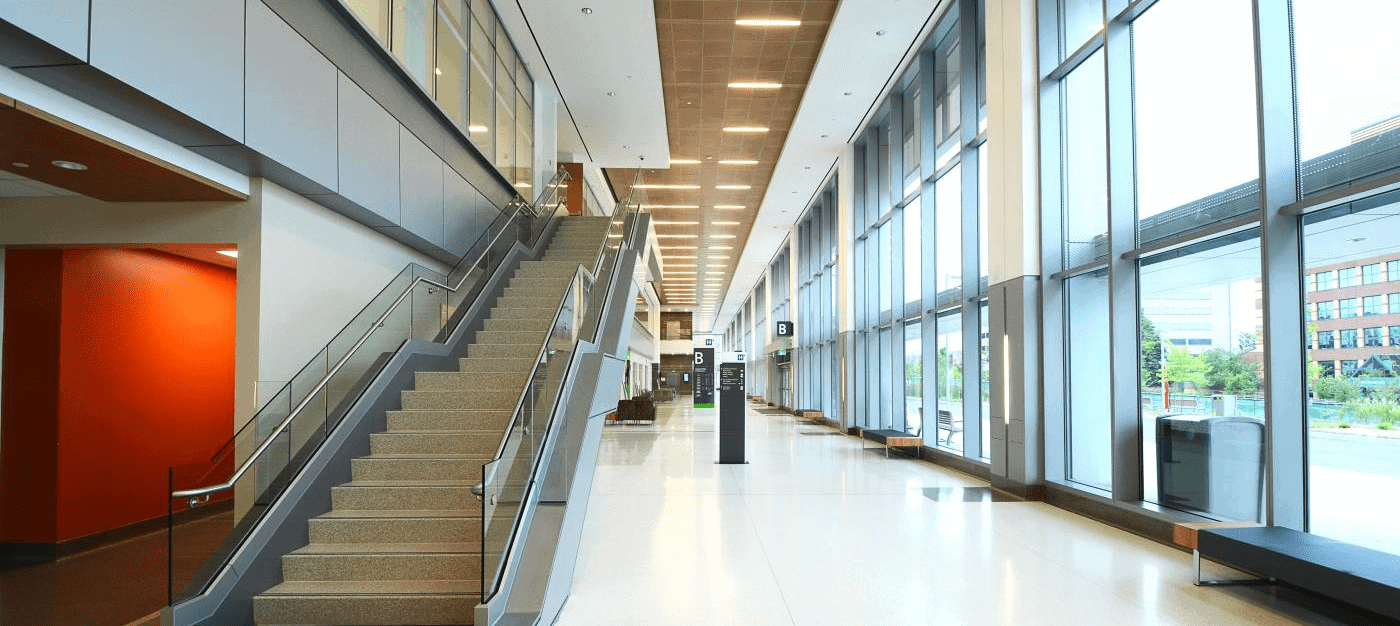
Aesthetics and comfort
Better informed and equipped with digital tools, patients have become actors in their health and wellness. Consequently, healthcare facilities offer personalised admission and care depending on the patient and his or her pathologies.
A 3.0 hospital offers a high level of finishes and personalisation guaranteeing optimal comfort. The teams propose beam-free structures to facilitate the synthesis of technical networks, adiabatic cooling, installation of fibre as close to outlets as possible, smart sites in the image of the connected city and hotel-standard interior architecture to offer spaces geared to 21st-century technology.
“A hospital is built to last 30 or 50 years, so it must be flexible, open-ended, geared to efficient patient care and welcoming in order to be more attractive as well as offer medical and care teams better working conditions”, Claude Rolland concludes.
